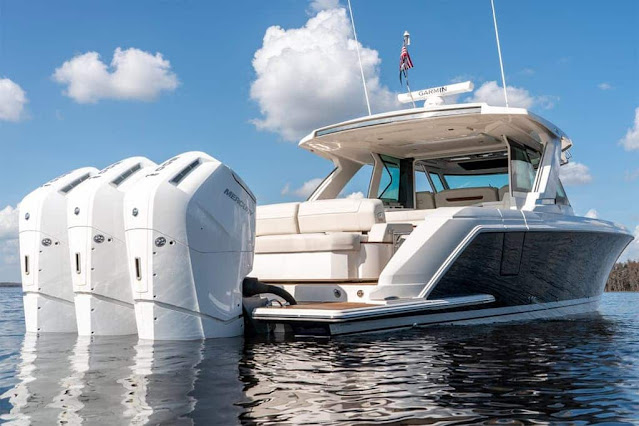Navigating Rough Waters: Outboard Engine Safety and Emergency Preparedness
Whether you're an experienced boater or a novice, understanding Outboard Engine safety and being prepared for emergencies is crucial when navigating rough waters. The power and reliability of an engine are essential for a smooth and enjoyable boating experience, but it's equally important to prioritize safety and be prepared for unexpected situations. Here are some essential tips to help you navigate rough waters with confidence.
Regular Maintenance: Regularly inspect and maintain your engine to ensure it's in good working condition. Check the fuel lines, filters, and spark plugs regularly and replace them if necessary. Keep an eye on the engine's cooling system, electrical connections, and steering mechanism. Proper maintenance will minimize the risk of breakdowns and malfunctions when you're out on the water.
Safety Equipment: Always have the necessary safety equipment on board. This includes life jackets for every passenger, a throwable flotation device, a fire extinguisher, distress signals, a first aid kit, and a tool kit for basic repairs. Additionally, ensure you have a fully charged and operational marine VHF radio for communication in case of emergencies.
The Outboard Engines Market refers to the global industry involved in the manufacturing, distribution, and sale of outboard motors.
Weather Awareness: Stay updated on weather forecasts and conditions before heading out. Avoid boating in severe weather conditions such as storms, high winds, or rough waters. Sudden changes in weather can pose serious risks, so it's important to be aware and prepared.
Navigation and Charts: Familiarize yourself with the waters you'll be navigating. Use up-to-date nautical charts to identify potential hazards such as shallow areas, reefs, or submerged objects. Pay attention to navigational aids like buoys and markers and understand their meaning to ensure you stay on the safe route.
Float Plan: Always inform someone on land about your boating plans. Provide them with a detailed float plan, including your intended route, departure, and arrival times. This information will be crucial in case of an emergency or if you fail to return as planned.
Emergency Procedures: Learn and practice emergency procedures with your crew. This includes knowing how to respond to a man overboard situation, Outboard Engine failure, or grounding. Develop a communication plan and assign roles to each member on board to ensure a coordinated response in case of emergencies.
Stay Calm: In challenging situations, it's important to stay calm and composed. Panic can escalate a problem, so maintain a level head and think clearly. Follow your emergency procedures, use your safety equipment, and communicate your situation to the relevant authorities or nearby boaters.
The name "Notchback" describes a certain automotive body design. It usually refers to a sedan or coupe-style automobile with an eye-catching angular rear design, where the rear window and trunk lid form a sharp angle or "notch" at the back of the vehicle.
Ongoing Education: Continually educate yourself on boating safety and emergency procedures. Take boating safety courses and stay informed about changes in regulations or best practices. The more knowledge you have, the better equipped you'll be to handle emergencies and stay safe on the water.
By prioritizing Outboard Engine safety and emergency preparedness, you can navigate rough waters with confidence and enjoy a safe boating experience. Remember, being proactive and prepared is key to minimizing risks and ensuring the safety of yourself and your passengers. So, before you set off on your next adventure, take the necessary steps to safeguard your journey and enjoy the beauty of the open water responsibly.


Comments
Post a Comment